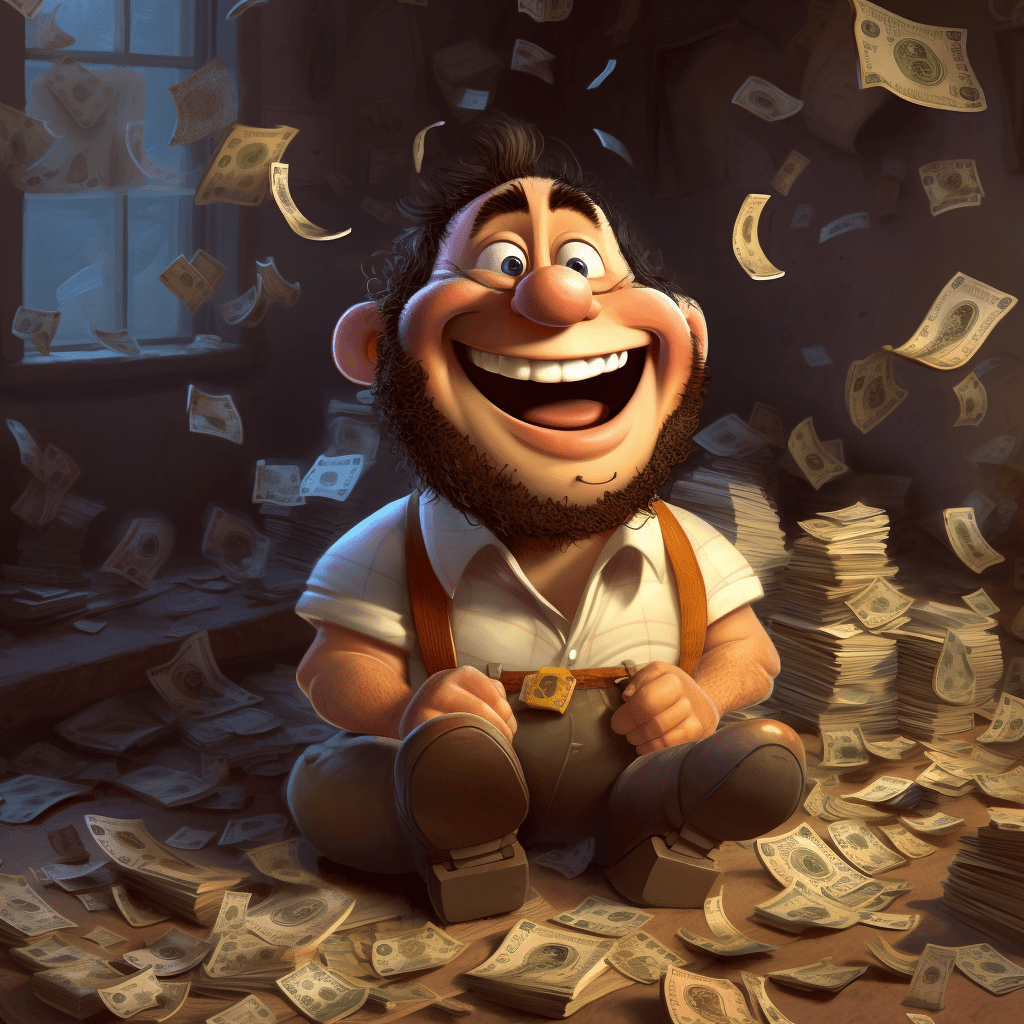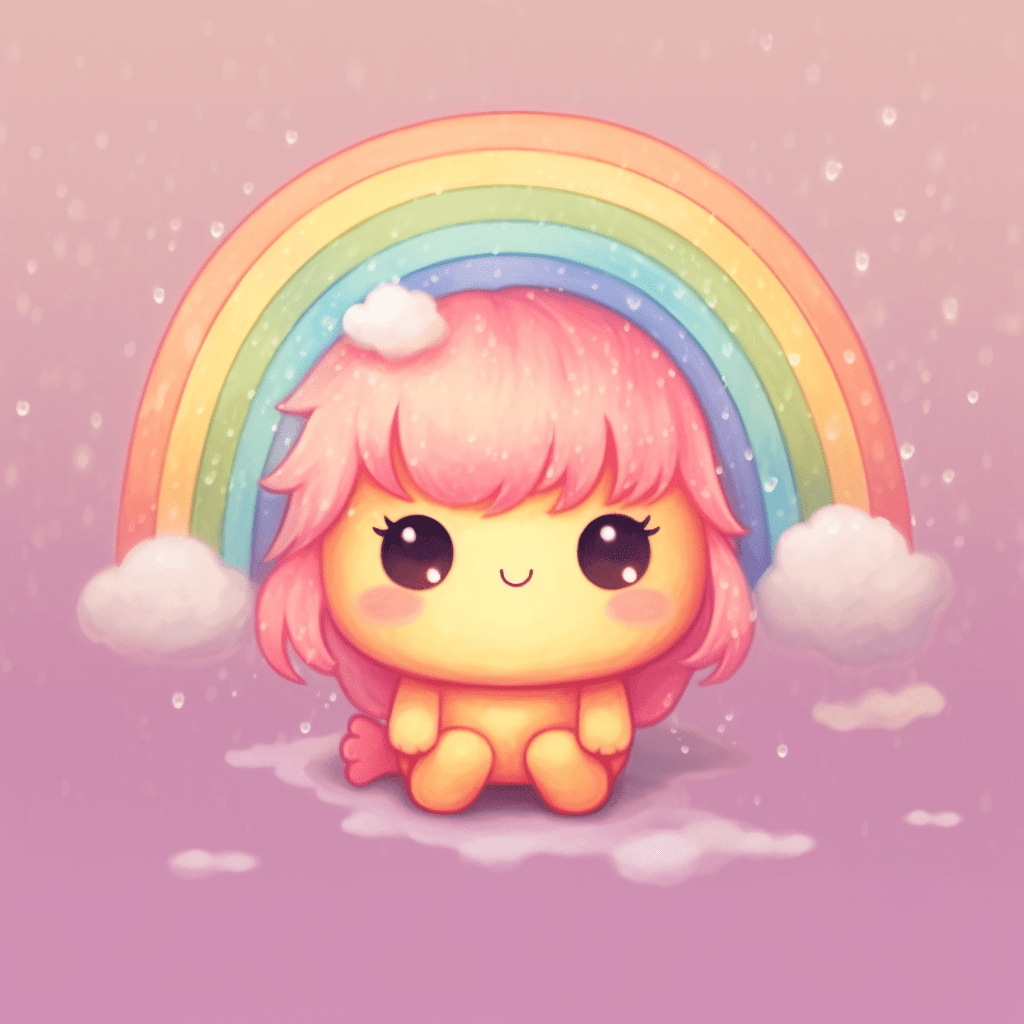As the world of digital assets continues to expand, unique innovations are reshaping traditional systems. Non-Fungible Tokens (NFTs) and their art generators have become one such revolutionary tool, transforming not just the art world, but also opening up new avenues in charitable fundraising and donations. Let’s delve into how the power of NFT art generators could be harnessed for the greater good.

Understanding NFT Art Generators
NFTs are unique digital assets that live on the blockchain. Unlike fungible tokens such as Bitcoin or Ethereum, each NFT has a distinct value and cannot be replaced with another. This unique attribute makes NFTs the perfect tool for digitizing art and other forms of creative work.
An NFT art generator is a tool or platform that allows users to create NFT art pieces. These generators can automate the process of minting NFTs, which can be particularly beneficial for artists or organizations looking to create multiple unique pieces. This is where the intersection of NFT art and charitable fundraising comes into play.
NFT Art Generators: A New Fundraising Avenue
The rise of NFTs has seen a surge in digital art sales. Artists can sell their artwork directly to a global audience, often for significant sums. This success has sparked interest from charities and non-profit organizations looking for innovative ways to raise funds.
Charitable organizations can utilize NFT art generators to create unique digital artworks tied to their cause. These pieces can then be auctioned or sold, with proceeds going directly to the organization. It offers a new form of engagement, allowing supporters to contribute to a cause while acquiring a unique digital asset in return.
The transparency offered by blockchain technology also enhances trust in the donation process. Since transactions on the blockchain are publicly verifiable, donors can see exactly where their funds are going. This transparency can encourage more donations and increase the efficiency of the fundraising process.
Successful Examples of NFT Charity Auctions

The potential of NFTs for charitable fundraising has already been demonstrated in several successful initiatives. For instance, the World Wildlife Fund (WWF) launched a series of NFT art pieces called “Blink”, featuring endangered species. The NFTs were auctioned, and the funds raised went towards WWF’s conservation efforts.
Similarly, the American Red Cross partnered with a blockchain company to launch its first NFT art auction in 2021. The initiative aimed to raise funds for disaster response and recovery efforts.
Overcoming Challenges: Accessibility and Education
Despite the potential of NFT art generators for charitable fundraising, there are still hurdles to overcome. One of the main challenges is accessibility and education. Navigating the world of NFTs and blockchain can be complex, especially for those new to the concept.
Therefore, it’s crucial for organizations to provide accessible information and resources to educate potential donors about NFTs, the blockchain, and how to safely participate in an NFT auction. By simplifying the process and offering clear instructions, charities can attract a broader audience and ensure a smooth donation process.
Another challenge is environmental concerns. Since most NFTs are built on the Ethereum network, which currently operates on a carbon-intensive proof-of-work model, the environmental impact of minting NFTs can be significant. However, the Ethereum network is transitioning to a more sustainable proof-of-stake model with Ethereum 2.0, and there are also alternative, more eco-friendly blockchains available.
Looking Forward: The Future of NFTs in Charitable Fundraising

In the realm of philanthropy, the future seems promising. With continual advancements in technology, NFT art generators could become an even more powerful tool for fundraising, offering exciting opportunities for both organizations and donors. This innovation, coupled with a push towards greater transparency and accountability, could usher in a new era for charitable fundraising and donations.
The story doesn’t stop here, though. With the digital art space growing, and more artists getting involved, the potential uses of the NFT art generator will likely expand. One can imagine a future where the success of charitable NFT projects inspires more non-profits to explore this avenue. In addition, the ongoing development of the blockchain technology that powers NFTs may lead to further breakthroughs that make it even more effective for charitable fundraising.
As NFT art generators continue to evolve, they could offer a new level of engagement for supporters. Imagine, for instance, an NFT art generator that allows donors to contribute elements to a digital art piece, creating a collective artwork that is then sold for charity. This kind of participatory fundraising could foster a stronger sense of community and connection between organizations and their supporters.
Lastly, as organizations continue to leverage NFT art generators for fundraising, it’s likely that we’ll see the development of best practices that address current challenges and concerns. From environmental considerations to ensuring accessibility and understanding for donors, these practices will be essential for the sustainability and success of NFT-based fundraising.
Overall, while there are certainly hurdles to overcome, the potential of NFT art generators for charitable fundraising and donations is undeniable. As we continue to explore and innovate, there’s no telling just how much impact this could have on the world of philanthropy.
